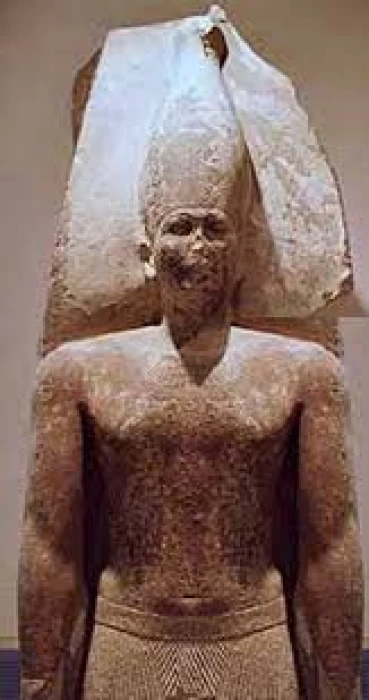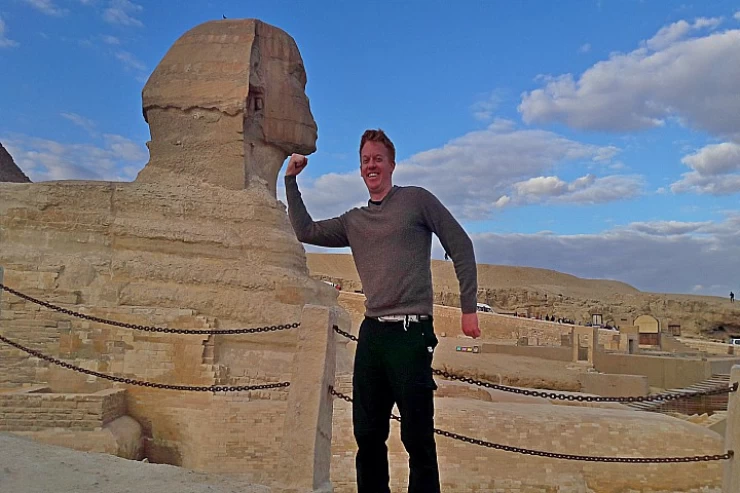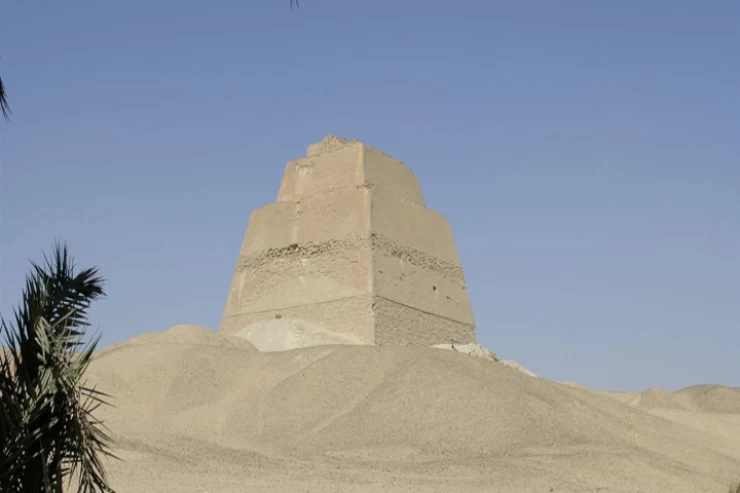
King Snefru | The Founder of the Fourth Dynasty
Egypt's ruling has various great Egyptian kings and queens, one of the greatest whose name was boldly written in Egyptian history is King Snefru. The founder of the Fourth Dynasty in the Old Egyptian Kingdom is King Sneferu, he is also the founder of the era of the pyramid’s construction. His mother is Queen "Mers-Ankh", Hetepheres was Sneferu’s wife, who is believed to have been the daughter of the previous pharaoh, Huni.
He is the father of the famous pharaoh, and the Great Pyramid of Giza’s builder King Khufu, one of the Seven Wonders of the World till now. Egypt trips allow you to experience seeing the world's wonders through Egypt classic Tours with high-quality service and a professional team.
Secondly, The name of the great king "Sneferu" means the beauty maker; In addition to his name, he held other royal titles when he was crowned and took the throne. One of the names is the name Horus Neb Maat which means the Lord of Truth. and the Golden or as in Arabic meaning the Golden Falcon. According the Egyptian history, Sneferu's reign was for Turin Papyrus mentions 24 years. Go deeper into Egyptian history with Egypt Christmas tours with Cairo Top Tours certified Egyptologists to discover the hidden gems of Egypt.
The Egyptian king was characterized by his openness to the outside world, his expansions, and the establishment of new trade relations with neighboring countries. Sneferu sent a fleet to Phoenicia known now as (Lebanon) to import rare strong wood because there was no good wood in Egypt suitable for large constructions such as the pyramids’ works.
The king explored the region of Sinai greatly during the reign of "Sneferu" to the point that this pharaoh was believed to be one of its local Egyptian gods. although sent his military forces and workers there, and also carried out military operations in Nubia. These expansions provided security and stability for Egypt's situation. See the pyramids of King Senfru with Egypt Easter Tours and seize the opportunity to have a different experience and travel back with history.
Really, when one speaks of King Snefru, the founder of the 4th dynasty, the mention of the construction of three, if not four, pyramids suffices. Termed the greatest builder of Ancient Egypt, he indeed built monuments of magnificence that tell of his reign even when little is revealed by history.
This is the son of Huni, the last ruler of the 3rd dynasty, and Queen Meresankh, whose second husband was King Huni. To lay a stronger claim to the throne, Snefru married his half sister. She later became the mother of Queen Hetepheres, who bore Cheops (Khufu), the most renowned king of ancient Egyptian history and the builder of the Great Pyramid of Giza, which continues to attract countless tourists on the Giza Pyramids tour.
The two pyramids at Dahshur, near Saqqara, are attributed to King Snefru, while the pyramid of Meidum remains a subject of debate. According to a widely accepted theory, the Meidum pyramid originally belonged to his father, Huni, but Snefru transformed it. During his reign, the cartouche—a distinctive oval enclosing the king’s name—appeared for the first time, replacing the traditional serekh, a square design previously used. The serekh can still be seen on the Narmer Palette, displayed in the Egyptian Museum in Cairo, which commemorates King Menes’ victory unifying Upper and Lower Egypt and marking the beginning of the dynastic period with the 1st dynasty.
Reigning for approximately fifty years, Snefru had the time to construct and complete three monumental pyramids, earning the title "the greatest pyramid builder of all time." These structures, collectively containing over three and a half million cubic meters of stone, surpass the volume of the Great Pyramid of Giza. While it may seem unusual for a king to have multiple tombs, this might be explained by the technical challenges faced during the construction of his earlier pyramids, prompting him to build a third in perfect form.
This approach contrasts with that of Imhotep, who constructed King Djoser’s Step Pyramid incrementally to ensure a tomb was always ready in case of the pharaoh’s sudden demise. A similar situation occurred in the Middle Kingdom when Amenemhat III built two pyramids, with the second being technically superior to the first. It is also possible that Snefru desired multiple memorials in addition to his primary tomb.


















